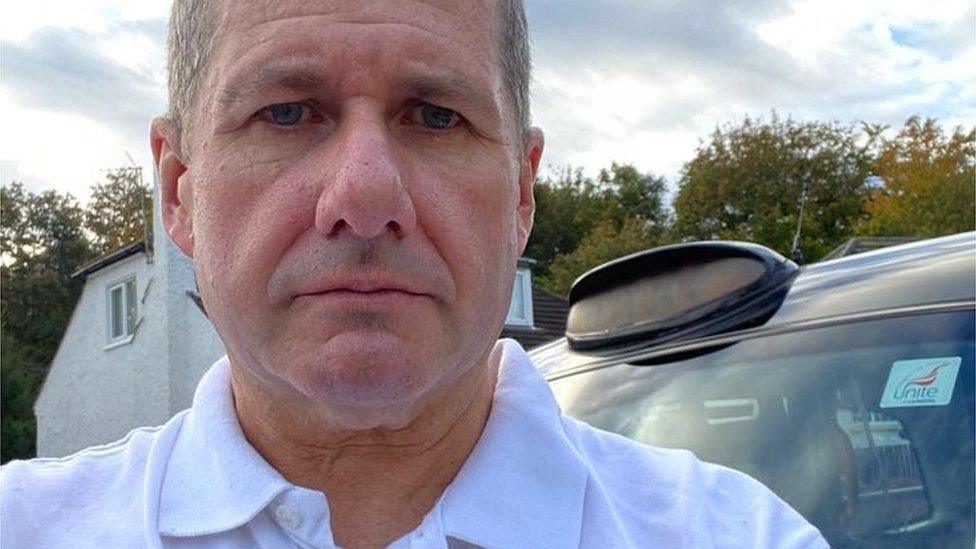Low emission zone vehicle ban begins in Glasgow
- Published
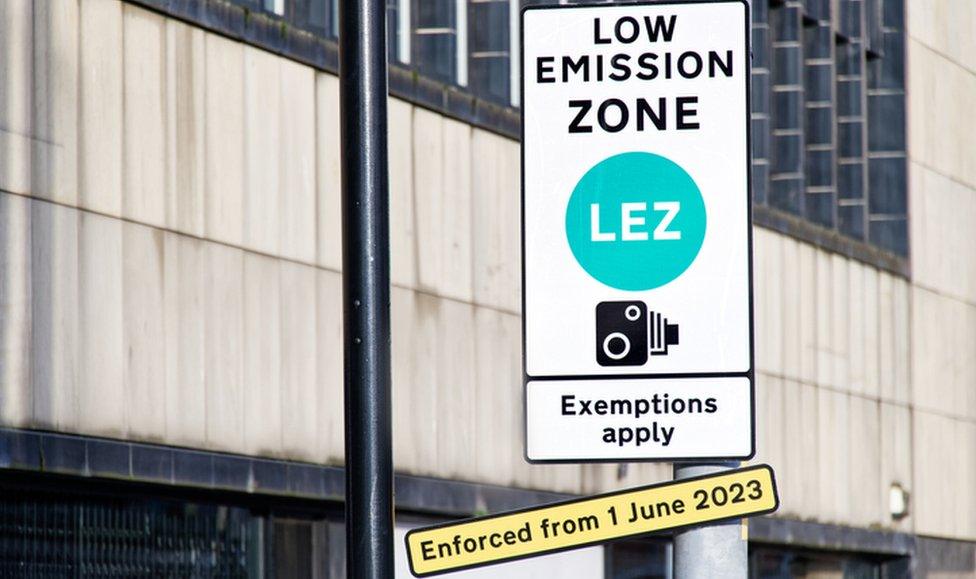
Glasgow's low emission zone (LEZ) has come into force, banning many older vehicles from the centre of Scotland's biggest city.
Drivers of vehicles which do not meet emissions standards face fines mounting to hundreds of pounds per day.
A last-ditch legal challenge to the scheme was thrown out by a Court of Session judge on Wednesday.
Glasgow City Council's climate and transport convenor said the LEZ would ensure "cleaner, more breathable air".
Similar restrictions have been in place for buses since 2018.
The zone is bounded by the M8 motorway to the north and west, the River Clyde to the south, and the Saltmarket/High Street to the east.
Exemptions are available for blue badge holders, motorbikes, mopeds and emergency vehicles.
But in general petrol cars made before 2005 and diesels built before September 2014 will not be allowed in the zone.
However residents within the area have been granted an extra year to prepare.
The zone, which will operate 24 hours a day and all-year round, was conceived to tackle poor air quality, with many streets in Scotland regularly reaching harmful and illegal levels.
Before the Covid pandemic, concentrations of the pollutant nitrogen dioxide on Hope Street in Glasgow averaged 50% more than the safe legal limit.
But those numbers fell during the lockdown and when the most polluting buses and heavy goods vehicles were banned from the city centre in the first stage of the LEZ.

The scheme has been controversial, with some critics accusing the city council of not consulting effectively and pressing ahead with banning cars even after emissions fell in the initial stage of the LEZ, external.
A legal challenge brought by a vehicle repair company based in the Townhead area of Glasgow failed on Wednesday.
Patons Accident Repair Centre called for the scheme to be suspended ahead of further legal action.
It estimated that the 50-year-old firm would have to close within two years because it would lose a third of its business if it could no longer repair older vehicles.
Its workshop on Lister Street is about 500m (0.3 miles) inside the LEZ boundary, to the north of the city centre.

Homeless Project Scotland has learned its refrigerated van is not compliant with the new LEZ rules which come into force next week
Last month a charity providing food for homeless people in the city centre said its operations would be affected by the LEZ after it was refused an exemption by the city council to use its refrigerated van within the restricted area.
Homeless Project Scotland chairman Colin McInnes said he had assumed the charity's refrigerated van was compliant as it was registered in 2015, only to find out recently through Transport Scotland's LEZ vehicle checker, external that it was not.
Scottish Conservatives transport spokesman Graham Simpson said the SNP council in Glasgow had "not responded to the significant objections to the scheme raised by local businesses".
He added: "We all want to see a reduction in pollution and to meet environmental targets, but there is evidence that air quality is already meeting those standards, and that phase two will not result in further improvements."
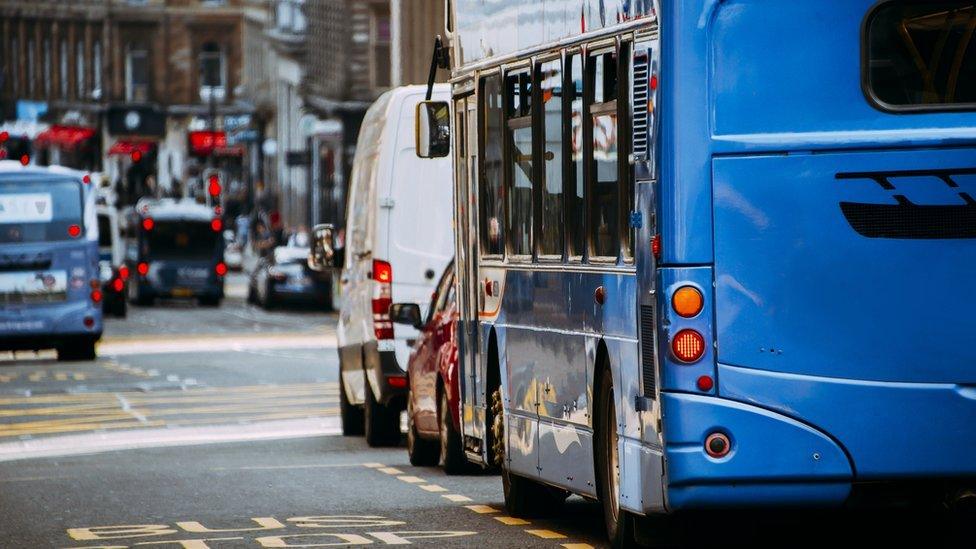
Councillor Angus Millar, convener for climate and transport, said the bus-only phase of the scheme had seen a year-on-year improvement in the proportion of low or zero emission buses servicing the city centre.
But he warned: "We still have stubbornly high air pollution levels in the city centre, which have been in breach of legal limits for decades now, and that poor air quality is actively harming Glaswegians' health."
He also said up to 90% of vehicles currently entering the city centre would be unaffected.
Mr Millar added: "The LEZ standards will address the small minority of vehicles which pollute the most, disproportionately creating the harmful concentrations of air pollution.
"And by ensuring cleaner air, we can create a safer and more pleasant experience for everyone who lives, works and visits Glasgow city centre."
'Toxic levels of air'
Net Zero Secretary Mairi McAllan said air pollution from vehicles disproportionally affected the most vulnerable.
She added: "It causes the most damage to the youngest, the oldest and people with pre-existing medical conditions.
"LEZs are an important tool in protecting public health and improving air quality - while at the same time protecting our environment by reducing harmful emissions and encouraging a shift to more sustainable transport."
Gareth Brown, who chairs Healthy Air Scotland, said one in five Scots would develop a lung condition like asthma and chronic obstructive pulmonary disease (COPD) in their lifetime.
He added: "Our cities must be redesigned to be far healthier places, where people can walk and cycle and not forced to breathe in toxic levels of air."
Scotland's four biggest cities all introduced LEZs last year - but Aberdeen, Dundee and Edinburgh announced a two-year grace period until 2024.
The rules are not as strict as some other UK schemes, such as Oxford's zero emissions zone - where no petrol or diesel vehicles are allowed.
It raised almost £120,000 in fines in its first six months.
But while non-compliant vehicles will be banned in Scotland, Birmingham and London's ultra low emissions zones only require drivers to pay a fee.
Related topics
- Published1 June 2023
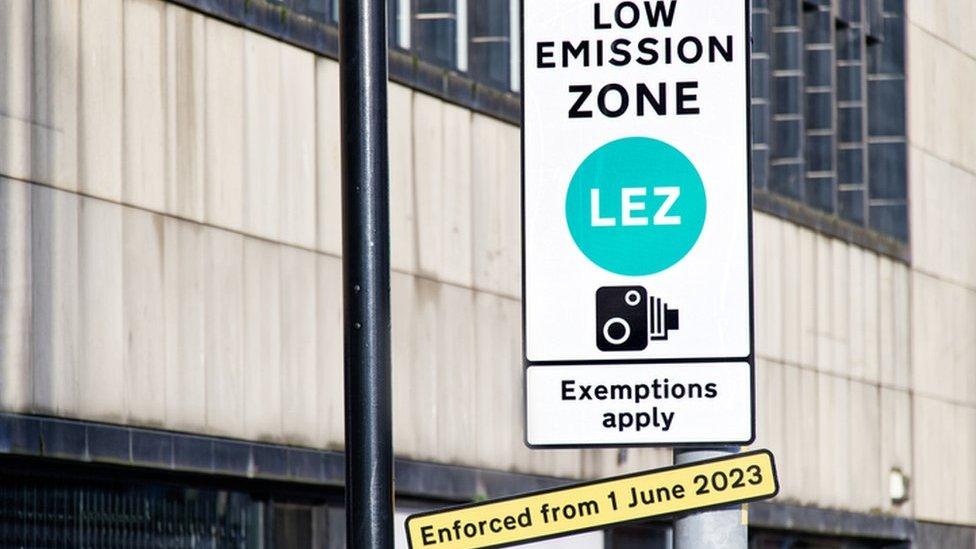
- Published25 May 2023
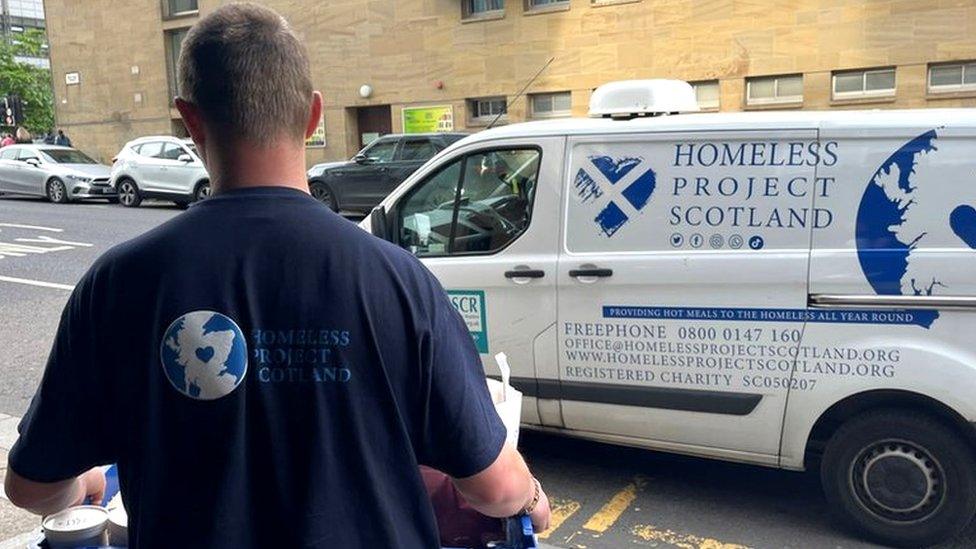
- Published1 June 2023
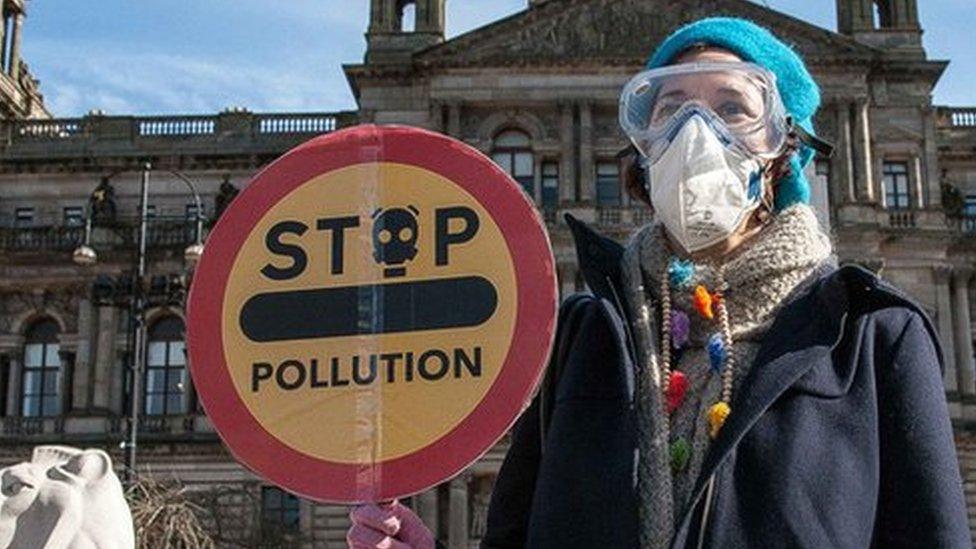
- Published14 June 2018
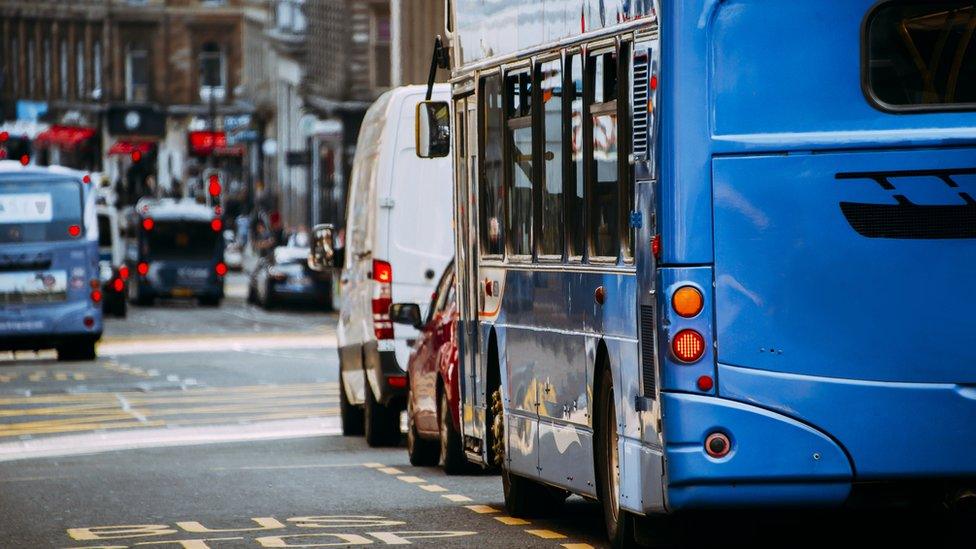
- Published15 May 2019
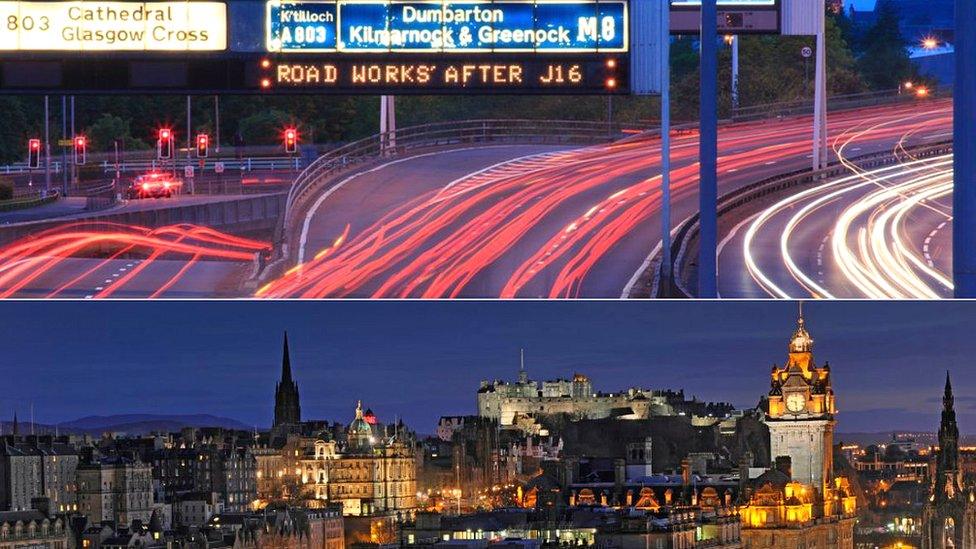
- Published8 March 2022
